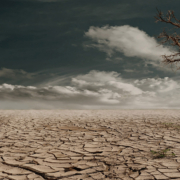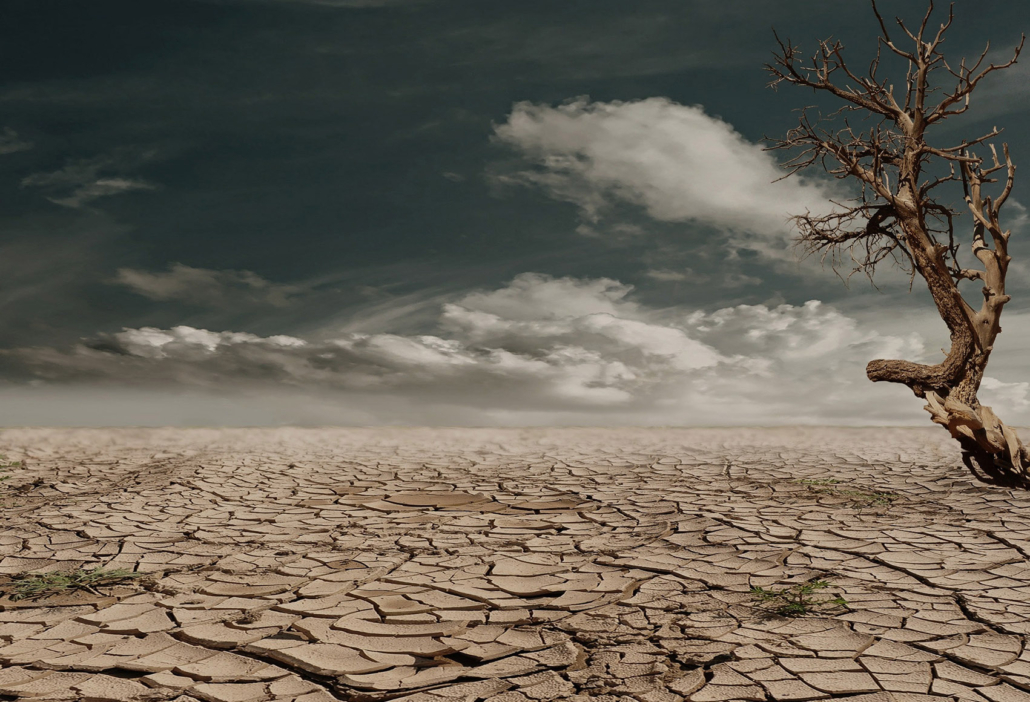Large study shows climate change aggravates more than 58% of all known pathogenic human diseases
Researchers warn there are too many diseases and pathways of transmission to adapt to climate change
A comprehensive assessment of scientific literature has uncovered empirical evidence that more than 58% of human diseases caused by pathogens, such as dengue, hepatitis, pneumonia, malaria, Zika and more, have been – at some point – aggravated by the hazards of climate change. That alarming finding is the result of a research paper published on August 8 in Nature Climate Change by a team of researchers from the University of Hawaiʻi at Mānoa.
The researchers carried out a systemic search for empirical examples about the impacts of 10 climatic hazards sensitive to greenhouse gas (GHG) emissions on each known human pathogenic disease. These hazards included warming, drought, heatwaves, wildfires, extreme precipitation, floods, storms, sea level rise, ocean biogeochemical change, and land cover change.
Combining two authoritative lists of all known infections and pathogenic diseases that have affected humanity in recorded history, researchers then reviewed more than 70,000 scientific papers for empirical examples about each possible combination of a climatic hazard impacting each of the known diseases.
The research revealed that warming, precipitation, floods, drought, storm, land cover change, ocean climate change, fires, heatwaves and sea level changes were all found to influence diseases triggered by viruses, bacteria, animals, fungi, protozoans, plants and chromists. Pathogenic diseases were primarily transmitted by vectors, although case examples were also found for waterborne, airborne, direct contact and foodborne transmission pathways.
Ultimately, the research found that more than 58% (218 out of 375) of known human pathogenic diseases had been affected at some point, by at least one climatic hazard, via 1,006 unique pathways.
“Given the extensive and pervasive consequences of the COVID 19 pandemic, it was truly scary to discover the massive health vulnerability resulting as a consequence of greenhouse gas emissions,” said Camilo Mora, geography professor in the College of Social Sciences (CSS) and lead author of the study. “There are just too many diseases, and pathways of transmission, for us to think that we can truly adapt to climate change. It highlights the urgent need to reduce greenhouse gas emissions globally.”
Online tool shows link between climate hazard and disease
An interactive web-page showing each connection between a climatic hazard and a disease case was developed by the research team. The tool allows users to query specific hazards, pathways and disease groups, and see the available evidence.
Other key findings include:
- Climatic hazards are bringing pathogens closer to people. Numerous climatic hazards are increasing the area and duration of environmental suitability facilitating the spatial and temporal expansion of vectors and pathogens. Warming and precipitation changes, for instance, were associated with range expansion of vectors such as mosquitoes, ticks, fleas, birds and several mammals implicated in outbreaks by viruses, bacteria, animals and protozoans, including dengue, chikungunya, plague, Lyme disease, West Nile virus, Zika, trypanosomiasis, echinococcosis and malaria to name a few.
- Climatic hazards are bringing people closer to pathogens. Climatic hazards were also implicated with the forced displacement and migration of people causing or increasing new contacts with pathogens. Heatwaves, for instance, have been associated with rising cases of several waterborne diseases such as Vibrio (a kind of bacteria)-associated infections, primary amoebic meningoencephalitis and gastroenteritis. Storms, floods and sea level rise caused human displacements implicated in cases of leptospirosis, cryptosporidiosis, Lassa fever, giardiasis, gastroenteritis, Legionnaires’ diseases, cholera, salmonellosis, shigellosis, pneumonia, typhoid, hepatitis, respiratory disease and skin diseases among others.
- Climatic hazards have enhanced specific aspects of pathogens, including improved climate suitability for reproduction, acceleration of the life cycle, increasing seasons/length of likely exposure, enhancing pathogen vector interactions (for example, by shortening incubations) and increased virulence. For instance, storms, heavy rainfall and floods created stagnant water, increasing breeding and growing grounds for mosquitoes and the array of pathogens that they transmit (for example, leishmaniasis, malaria, Rift Valley fever, yellow fever, St. Louis encephalitis, dengue and West Nile fever). Climatic hazards were also implicated in the increasing capacity of pathogens to cause more severe illness. For example, heatwaves were suggested as a natural selective pressure toward “heat resistant” viruses, whose spillover into human populations results in increased virulence as viruses can better cope with the human body’s main defense, which is fever.
- Climatic hazards have also diminished human capacity to cope with pathogens by altering body condition; adding stress from exposure to hazardous conditions; forcing people into unsafe conditions; and damaging infrastructure, forcing exposure to pathogens and/or reducing access to medical care. Drought, for instance, was conducive to poor sanitation responsible for cases of trachoma, chlamydia, cholera, conjunctivitis, Cryptosporidium, diarrheal diseases, dysentery, Escherichia coli, Giardia, Salmonella, scabies and typhoid fever.
Researchers also found that, while the great majority of diseases were aggravated by climatic hazards, 63 out of 286 diseases diseases were diminished by some climatic hazards, although 54 of them were at times also aggravated by other climatic hazards; only nine pathogenic diseases were exclusively diminished by climatic hazards. Warming, for example, appears to have reduced the spread of viral diseases probably related to unsuitable conditions for the virus or because of a stronger immune system in warmer conditions.
“We knew that climate change can affect human pathogenic diseases,” said co-author Kira Webster, CSS geography PhD student. “Yet, as our database grew, we became both fascinated and distressed by the overwhelming number of available case studies that already show how vulnerable we are becoming to our ongoing growing emissions of greenhouse gases.”




